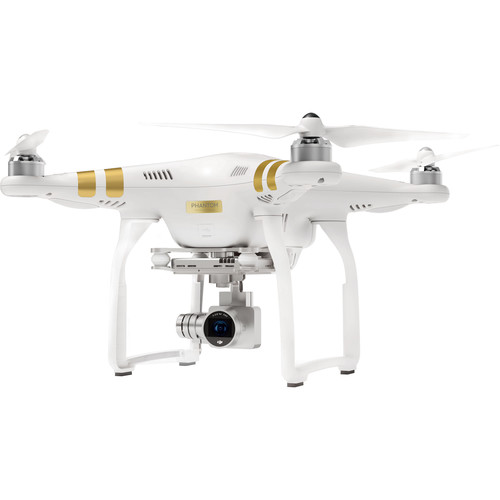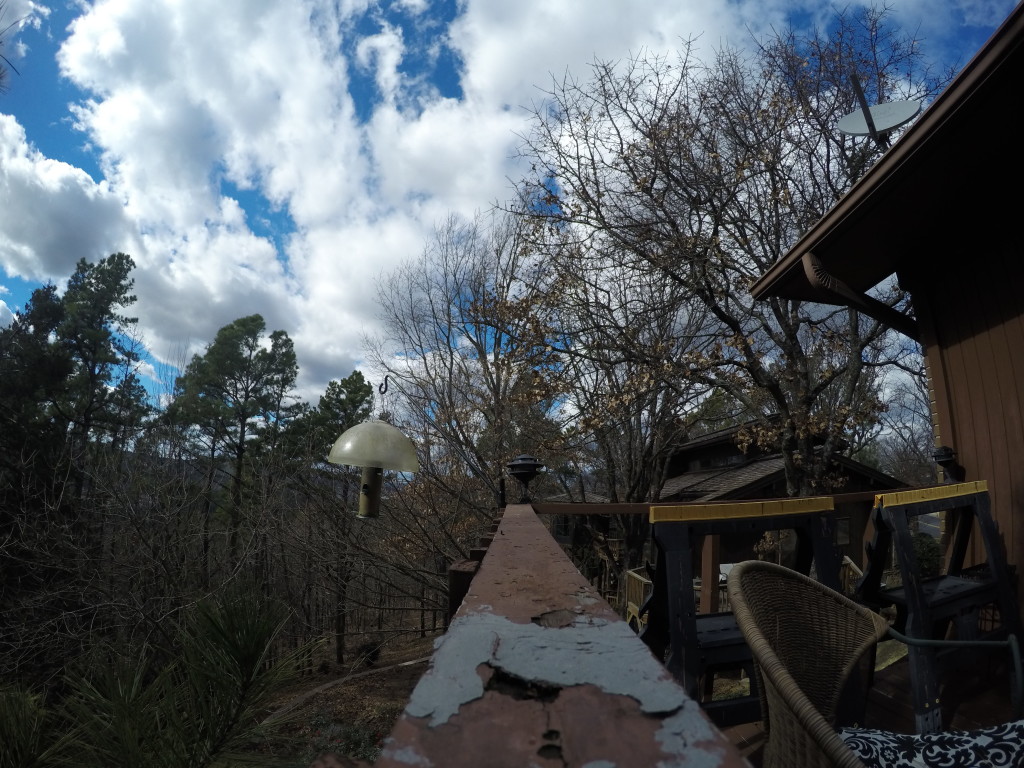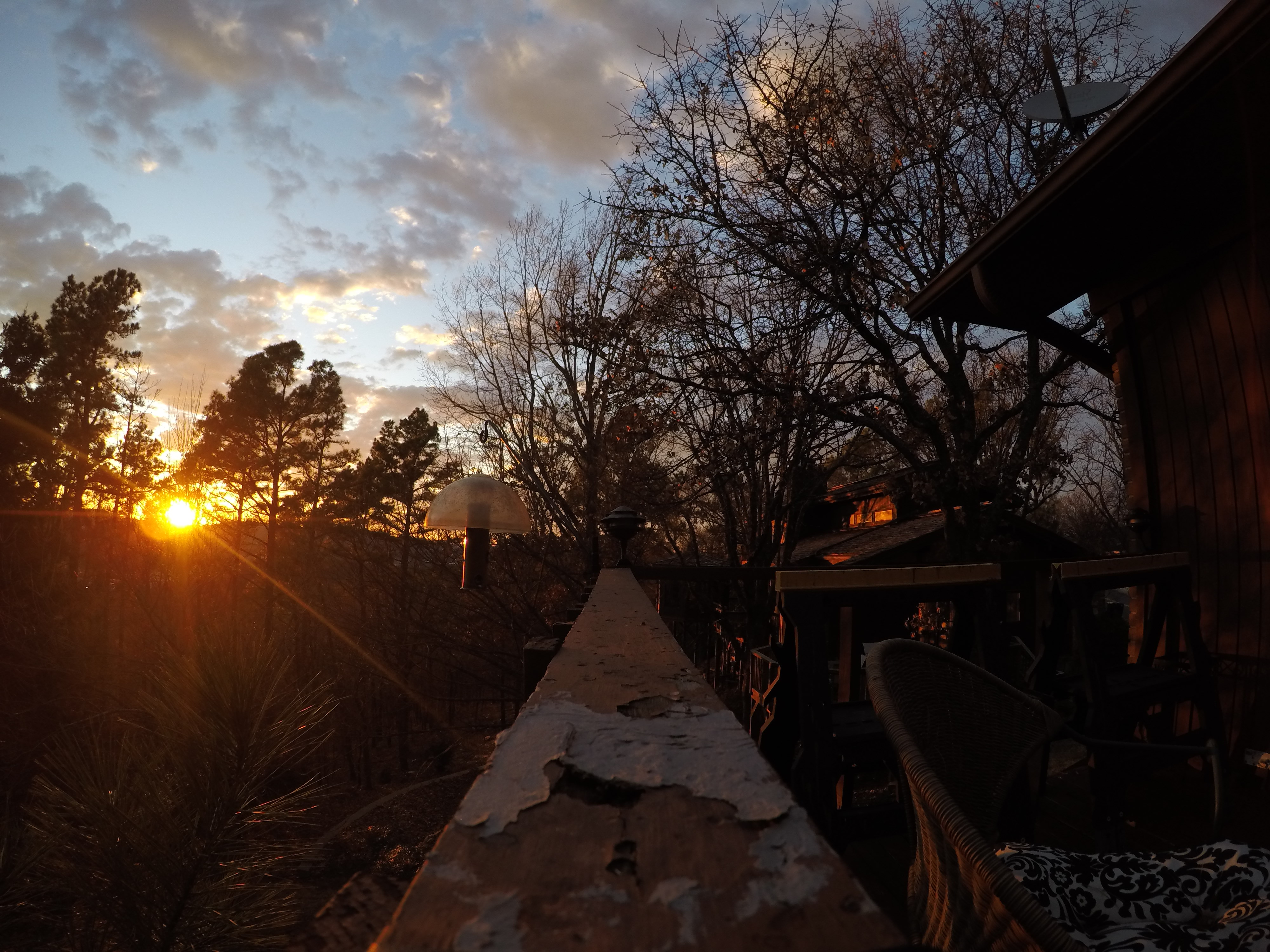I held off on this as I have always tried to look at the positives and post the same way, but I feel that this post has too many negative implications, especially when attempting to compare the 12MP output from any current drone to a still from a Medium format back or modern DSLR.
There was a recent post on Luminous Landscape, where a photographer was bemoaning the fact that his son’s 12MP drone camera would allow for a better image from a 4K still than a IQ180 80MP raw file.
First and foremost, I was personally shocked to see a photographer compare the results from “ANY” current drone to the results from any Phase One back, be it a P25 to IQ180. If you are happy with the 12Mp shot from a drone camera then there seems to me to be a total lack of need for an IQ180, perspective abilities taken into account or not. The vast majority of cameras in use today are gopro and I know that they can take 4K, the OP implied the shot was not from a gopro. Still I would like to see two shots, a still from the 4K drone and a still from the 80MP 180. No to mention the drone is only going to shoot a jpg more than likely and the Phase file will a raw with a ton of room in it for work in post. I work worked with several very highly rated (rated in both flight and photography) drone shooters and I have seen the stills, no more needs to be said. Sure you can now mount a 100MP Phase Back on a drone, and shoot stills. I hope you have great amount of insurance as it’s not a matter if it will crash, but when.
But what concerned me more is the thought that any 12MP image taken at 4K, would be the same quality as 80MP still from a IQ180, if the files look that close there is something wrong with the IQ180. The 12mp sensor on the drone more than likely is not even the size of a micro 4/3’s sensor. Even if it is the quality at 4K still should not be close to the details the 80MP sensor captured.
No doubt also, Drones are here to stay, they are used in every video production team in the world as yes they do offer a great ability to have a different perspective, i.e. from the sky. You see drone work on Discovery Channel, History Channel, Natural Geo Channel, Espn, you can list it out forever. And the footage taken is excellent. In fact to me it’s getting a bit old school. But I can bet that the stills are still 12MP or less and the quality of these cameras is not any better than what’s in a iPhone. In fact it might be less. The sensor is tiny. Look at any of the videos that feature drones, most times if not all, they are pans, moving, and moving fast also. Try to and stop them and look at the trees, or finer details, folks, they are not there, and won’t be for a long time. The tech is not there with the vast majority of Drone cameras yet. (unless you strap on a DSLR or digital back). But even when they hover the stills are not that good for a critical print, sure they are fine for the web.
Sadly, in the US, drones have taken on a bad name. I was into drones long before they became “in”, and was flying with first person view before that was common also. It’s great, and the features it offers are excellent. But instead of using this technology in the correct format, no someone has to be the first person to loop Delicate Arch, or fly down to the base of the Grand Canyon, or film the local college football game or fly over the White house, or use the drone around the local airport. All stupid, that stupid it what sticks. All it takes is one serious crash and then all bets are off unless it’s being flown in a closed environment. Drones are loud, and the larger they get the louder they get. Using one in pubic where other people are near by should be taken with full regard to how the other people want to hear the constant high pitch sound of a 6 or 4 engine drone hovering overhead. Most times, this is not done. Where as I don’t know of any still camera that makes enough noise, even a MF XF that you would be bothering someone who is standing 10 feet or even 5 feet away.
I am sorry if I sound critical, but this post just bothers me, as I can think of plenty of photographers that would give an arm or limb to use the IQ180, and to feel that such technology is dated or not able to achieve the results from a 12MP drone, I just will have to say I don’t agree with that. Sure they are not going to get it up to the sky and take a perspective that the drone achieved, but for sure a still from the IQ180 will make a vastly large final print than the output from a 4K still. It is just not that good, at least from all the examples I have seen. If so please post a 360ppi example from your IQ180 and an uprezed image from the 4K drone at 360ppi, or pick 300ppi. Those are the most common required outputs. I really don’t think that the 4K still will hold up. If all that is required is posting on the web, sure the 4K still will work all day long, but the IQ180 was not designed with web sized output as the main focus.
Please don’t attempt to compare output from a device mainly designed for moving photography (video) to that of a device designed around high quality still photography (Phase One IQ180). I have worked with every software tool there is and it’s not like it works on CSI TV, you just can’t make a 12MP image especially if captured as a 72MP jpg, in the sRGB color space in 8 bit. You will not get a good print medium or large from 12MP output. That same drone is not even shooting raw. 12MP native is around a 11 x 14 sized print at 300ppi and to get to 24 x 36 at 300ppi, you are going to need to interpolate up over 300 times. The loss in details is going to defeat the image and you image will look terrible when printed. Will it look OK on the web, sure, the web is a totally different animal and no matter what some say, it’s still mainly designed to run at 640 x 480 at 72dpi, even with the modern Apple Retina screens approaching 2560 x 1440dpi. But the web is a great equalizer, and by the time you down res the 80Mp image to the size of the 12MP, it really will not have any advantage. So sure if all you are going to do is post stuff on Facebook, or Instagram or god forbit Twitter, then use 12MP and go for it. But please don’t begin to tell folks that you can get the same quality print from 12MP and 80MP, for you can’t.






Recent Comments